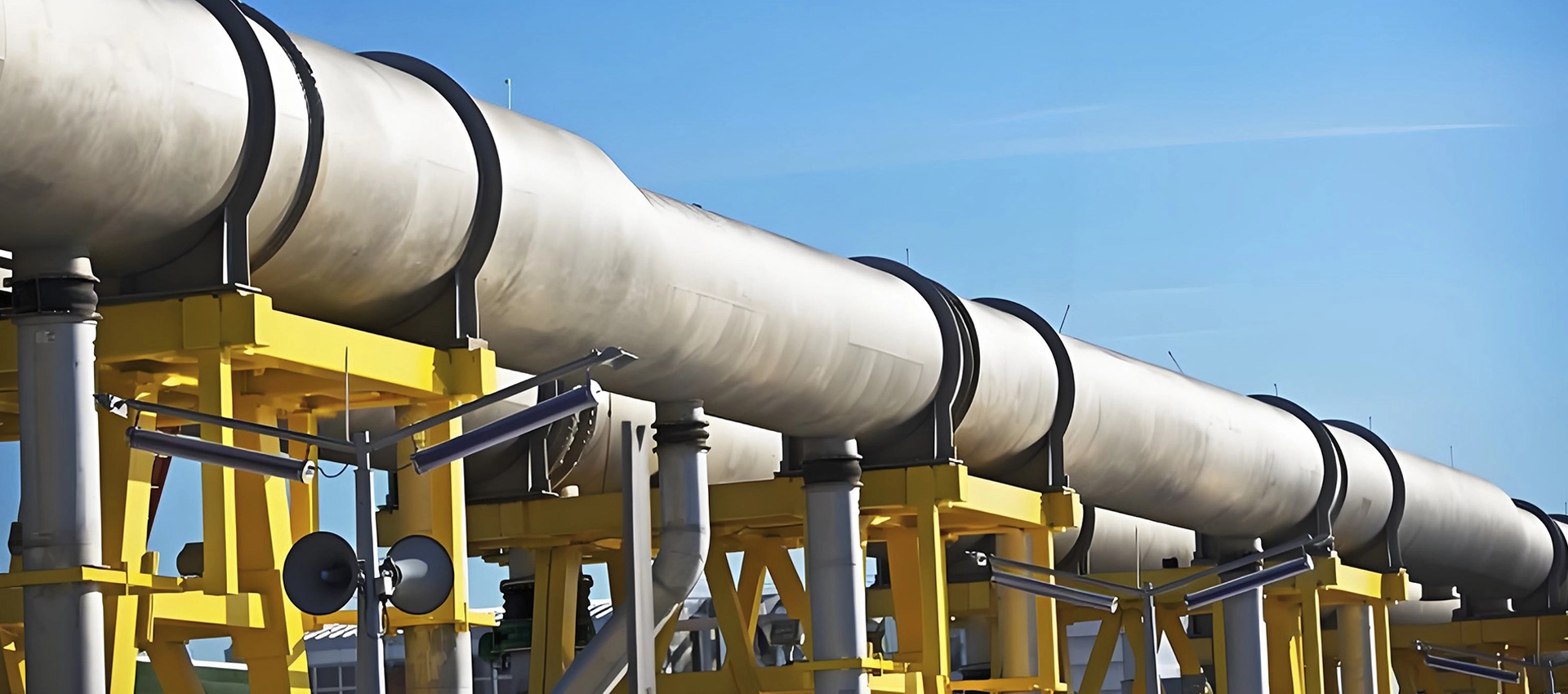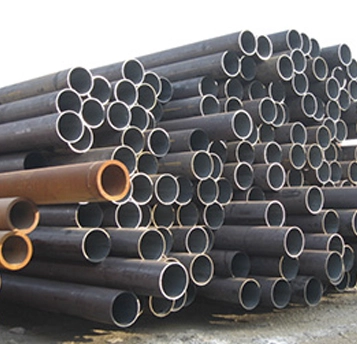Standard Grade of ASTM A333 pipes
ASTM A333 covers seamless and welded steel pipes for low-temperature service, with grades like Grade 1, 3, 6, 7, 8, 9, 10, and 11, each suited for specific temperature ranges (e.g., Grade 6 for -45°C).
Material Grade of ASTM A333 pipes
The pipes are made from carbon or alloy steel, ensuring toughness and resistance to brittle fracture in cryogenic environments.
Chemical Composition of ASTM A333 pipes
Varies by grade; for example, Grade 6 includes carbon (≤0.30%), manganese (0.29-1.06%), and phosphorus (≤0.025%), ensuring weldability and low-temperature performance.
Mechanical Properties of ASTM A333 pipes
Tensile strength ranges from 380-550 MPa, with a minimum yield strength of 240 MPa. Impact testing is required to verify toughness at specified temperatures.

 EN
EN







